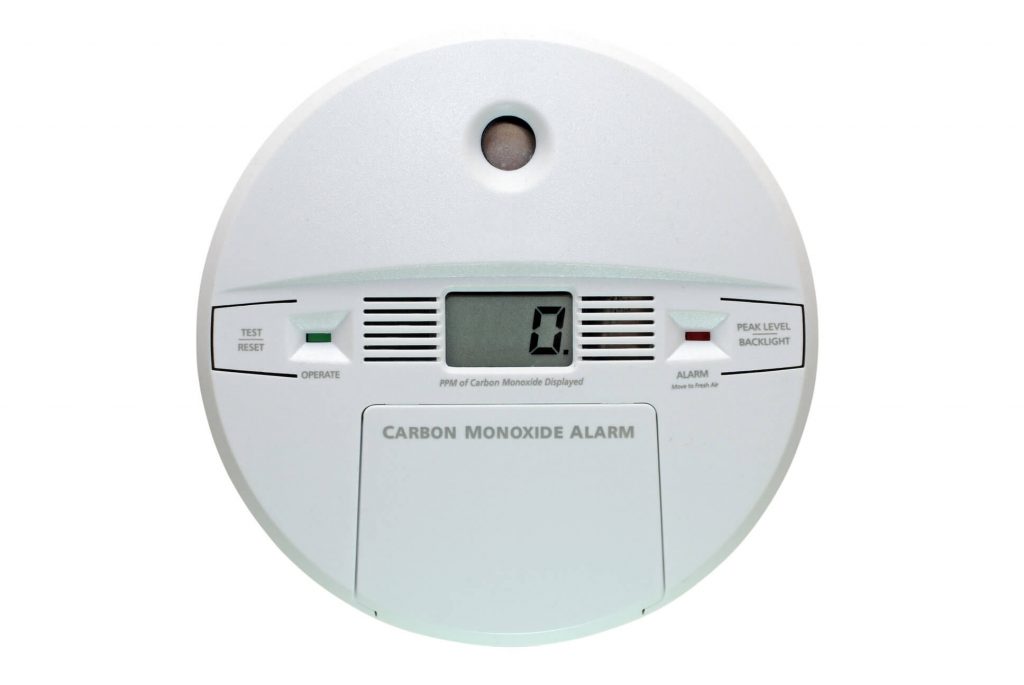As with high blood pressure, carbon monoxide can be a silent killer. This is why even though Five Star Plumbing is plumbing experts, we also have vast experience in gas leak detection. We don’t want you to suffer from carbon monoxide poisoning and its often tragic results, so learn the dangers of carbon monoxide and how it can become a problem in your home.
Carbon Monoxide
The CDC explains that carbon monoxide, which is also called CO, is a gas that has no color or smell. This is why it is so dangerous. You won’t see CO nor will you know you’re inhaling it. As such, if you haven’t installed carbon monoxide detectors in every room in your home yet, please do. These detectors can smell the gas when you can’t, and they are truly lifesaving home equipment.
Carbon Monoxide Production
Anything that burns fuel, including natural fuel such as fire, creates carbon monoxide. The CO emission is found in smoke and fuel exhaust. This is why sadly some people chose to take their own lives by inhaling their automobile exhaust. Inside your home, carbon monoxide is produced by your fireplace, furnace, gas range and oven, and any other household appliance that uses natural gas or fire to operate.
Venting Is Key
You might think how can my everyday household appliances be so dangerous? Who approved their manufacturing and usage? This is why your fireplace, furnace, stove and other gas appliances are vented per local building codes. Venting is what prevents the carbon monoxide from accumulating inside your home. The gas is expelled outdoors where it cannot harm your family or your pets.
Carbon Monoxide Poisoning
Carbon Monoxide poisoning can affect anyone, but infants, children, the elderly, and those with compromised respiratory systems are particularly susceptible to CO illness and death. Symptoms of CO poisoning include chest pain, confusion, dizziness, headache, nausea, vomiting, and weakness. Many people think they have the flu when they are actually being poisoned by carbon monoxide.
Preventing CO Poisoning
Have your home inspected for gas leaks at least once a year. The best time to do so is in the fall before you start using your furnace. Install CO detectors if you don’t have them. If you do, check the batteries every month to make sure they’re operational. Finally, understand what’s okay indoor and what should only be used outdoors. Do not use indoors
- Chemical heaters
- Charcoal or gas grilles
- Camping stoves
- Generators
- Or any other gas appliance not certified for indoor use
It’s also wise to have your chimney swept once a year.
Call Five Star Plumbing in San Antonio, TX, for a gas leak detection service.









